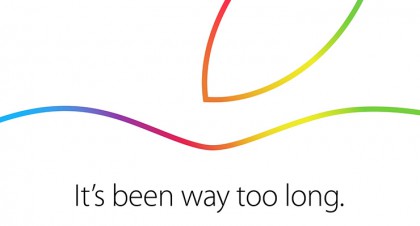Piper Jaffray analyst Gene Munster dissected Piper Jaffray’s fall survey of 7,200 teens.
Response to the Apple Watch remains, in the words of Piper Jaffray technology analyst Gene Munster, “tepid.” Only seven percent of teens said they already own a smartwatch — and just 16 percent would be interested in shelling out $350 to buy the Apple Watch.
“The concept of wearing a watch for teenagers is foreign — and I think that’s part of what is reflected in that response,” said Munster. “The second piece is, it’s still something that people need to hear more about, beyond what Apple has to say about it, before people get interested in it.”
Seems to me, anticipating response to a product that has not yet hit people’s wrists is a fool’s errand. The market for the Apple Watch is divided financially, functionally, and stylistically. Add to that divisions for age and gender and you’ve got one complex beast of a market.
A survey given now may be good for product design and marketing folks but is useless as a predictor of specific market segment response to a product. It is too early to tell how people will respond once they see an Apple Watch in the wild, have the chance to try one on for themselves, experience the pros and cons in real life.
More importantly, the Apple Watch is currently a static, unchanging product. When it is officially released and people respond to it, Apple will have the opportunity to fine tune their product line. Part of the beauty of the Apple Watch is its modular design, offering different case styles and sizes, along with a plethora of watch bands and corresponding pricing models. Apple has a lot of tuning points to address both weak and strong points in the market.
The Apple Watch market is dynamic and unpredictable. Any survey this early needs to either be ignored or taken with a grain of salt.

